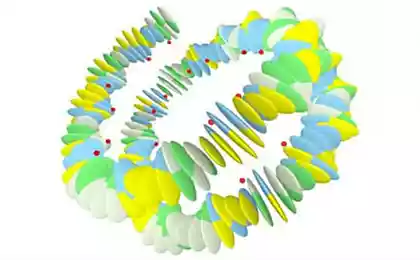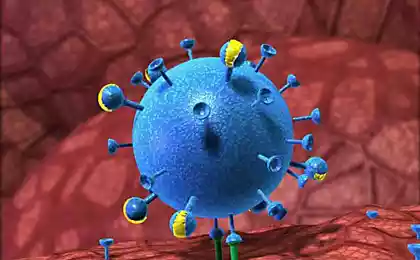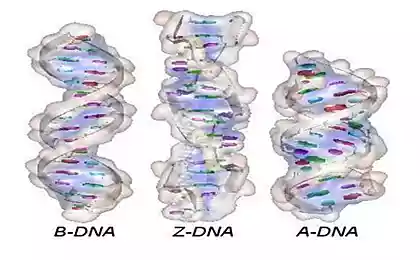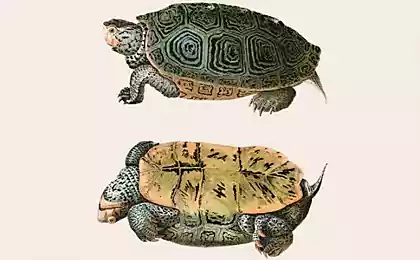690
10 most important discoveries in biology
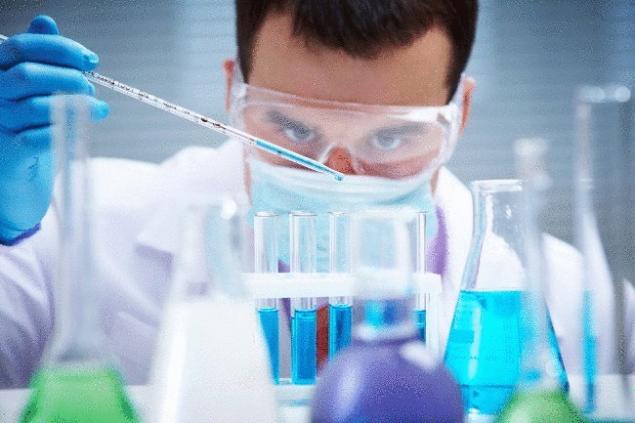
Pretty easy to forget that ideas that seem obvious to us today, for centuries perfected by a team of smart people, and did not appear just like that. The fact that we perceive them as something very evident, just the tip of the iceberg of interesting stories. Let's dig a little deeper.
The realization that animals could become extinct

If you go to the beach and find an interesting rock, a fossil, you realize that it might belong to extinct species. The idea that species go extinct, so familiar to us that it is difficult to imagine a time when people thought that every single type of creatures still living anywhere else. People believed that God created everything — why would he was to create something that will not be able to survive?
George Cuvier was the first person to ask this question. In 1796 he wrote an article about elephants in which he described the African and Asian varieties. He also mentioned a third type of elephant known to science only by its bones. Cuvier pointed out the key differences in the shape of the jaw of the third elephant, and suggested that this species should be completely separate. The scientist called him a mastodon, but where is the live specimens?
According to Cuvier, "all these facts are in line with each other and not contradict any other message, so it seems to me possible to prove the existence of the world before ours and destroyed due to some sort of disaster." He not only stayed on this revolutionary idea. Cuvier studied fossils from other ancient animals along the way, entering the term "pterodactyl" — and found that once reptiles were the dominant species.
The first cells grown outside the body
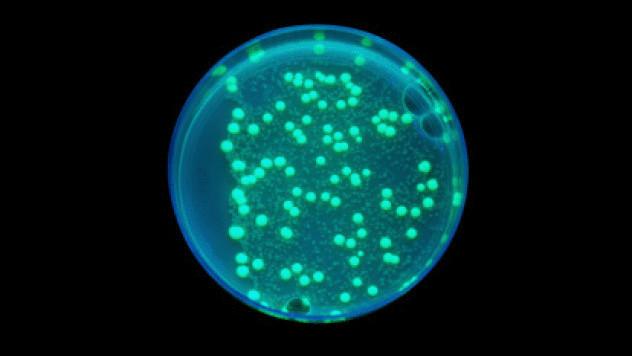
If a biologist wants to study the inner working of animal cells, it is much easier if these cells are not part of the animal at this time. Currently, biologists cultivate broad stripes of cells in vitro, which greatly simplifies the task. The first person who tried to keep the cells alive outside of the host body, was Wilhelm Roux, a German zoologist. In 1885, he put part of the embryo of chicken in a saline solution and kept him alive for several days.
For several decades research has continued with this approach, but in 1907, someone suddenly decided to grow new cells in solution. Ross Harrison took the tissues of the embryo of a frog and was able to grow on their basis of new nerve fibers, which are then kept alive in a month. Today cell samples can be maintained alive almost indefinitely — scientists are still experimenting with a cellular tissue of a woman who died 50 years ago.
The opening of the homeostasis

You've probably heard something about homeostasis, but overall very easy to forget how important he is. Homeostasis is one of the four most important principles of modern biology, along with evolution, genetics and cell theory. The basic idea fits in a short phrase: organisms regulate their internal environment. But as with other important concepts that can fit in a short and succinct sentence — objects with mass are attracted to each other, the Earth revolves around the Sun, there is no catch — this is a really important understanding of the nature of our world.
The idea of homeostasis advanced by Claude Bernard, a prolific scientist of the mid-19th century, which was not allowed to sleep thank Louis Pasteur (although they were friends). Bernard has made significant strides in the understanding of physiology, despite the fact that his love for vivisection destroyed his first marriage — wife rebelled. But the true importance of homeostasis — which he called the milleu interieur were acknowledged decades after the death of Bernard.
In the lecture of 1887, Bernard explained his theory: "a Living body, although in need of environment, regarding him regardless. This independence from the external environment stems from the fact that in the living being tissue, in fact, separated from direct external influences and protected the true internal environment, which consists, in particular, from liquids circulating in the body."
Scientists who are ahead of their time, often remain unrecognized, but the other work of Bernard was enough to strengthen his reputation. However, science took almost 50 years to validate, confirm and assess its most important idea. The entry about him in the encyclopedia "Britannica" for 1911, says nothing at all about homeostasis. Six years later, the same article on Bernard called homeostasis "the most important achievement era."
The first selection of the enzyme
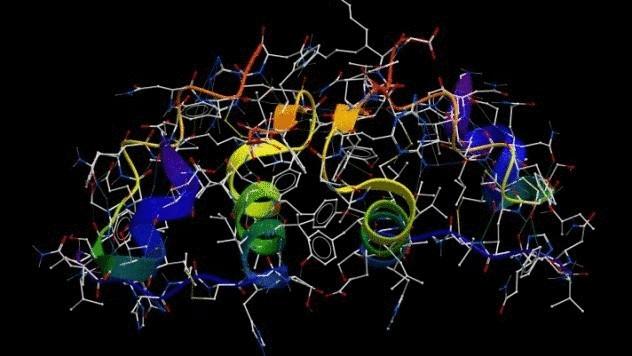
About enzymes, as a rule, first learn in school, but if you skip class, explain: these are large proteins that help chemical reactions. In addition, on the basis of doing effective washing powder. They also provide tens of thousands of chemical reactions in living organisms. Enzymes (enzymes) are also important for life-like and DNA — our genetic material cannot copy itself without them.
The first enzyme discovered was amylase, which is also called diastase, and it is in your mouth right now. She breaks the starch into sugar and was discovered by the French industrial chemist by Anselm Payen in 1833. He identified the enzyme, but the mix was not very clean. For a long time biologists believed that the extraction of a pure enzyme may not be possible.
It took almost 100 years to an American chemist James Sumner Batchler proved them wrong. In the early 1920-ies Sumner was engaged in release of the enzyme. His goal was so audacious that in fact cost him his friendship with many leading experts in this field who thought that his plan will fail. Sumner continued, and in 1926 identified the urease, the enzyme that breaks down urea on chemical components. Some of his colleagues doubted the results over the years, but in the end they had to surrender. The work of Sumner brought him the Nobel prize in 1946.
The assumption that all life has a common ancestor

Who first suggested that all life evolved from a single creature? You say, of course, Charles Darwin. Yes, Darwin developed this idea in his "Origin of species" he wrote: "There is a certain grandeur in this view of this life, with its various manifestations, which originally embodied in several forms or into one". However, although we did not underestimate the achievements of Darwin, the idea of a common ancestor were made decades earlier.
In 1740 the famous Frenchman Pierre Louis Moreau de Maupertuis suggested that "blind faith" produced a wide range of individuals, of which survived only the most capable. In 1790-ies Immanuel Kant noted that it could refer to the primordial ancestor of life. Five years later, Erasmus Darwin wrote: "It would be too bold to imagine, that all warm-blooded animals evolved from a single living filament?". His grandson, Charles decided that there is no "too" and assumed.
The invention staining cells

If you've ever seen pictures of cells taken with a microscope (or themselves looked at them), there is a very high chance that they were first painted. Staining allows us to see those parts of cells which are normally not visible, and generally increase the picture clarity. There are plenty of different methods of staining cells, and this is one of the most fundamental techniques in Microbiology.
The first person who painted a sample for examination under the microscope, was Jan Svammerdam, a Dutch naturalist. Svammerdam more famous for his discovery of red blood cells, but it also made his career, looking at everything under a microscope. In 1680-ies he wrote about "colored liquors" dissected worms, which "allow us to better identify the internal parts, because they are the same color".
To swammerdam unfortunately, this text was not published at least 50 years, and at the time of publication, Yan was already dead. At the same time, his countryman and naturalist Antoni van Leeuwenhoek, regardless of Swammerdam came to the same idea. In 1719, Leeuwenhoek used saffron for staining muscle fibers for further examination and is considered the father of this technique.
The development of the cell theory

"Every living being composed of cells" — this phrase for us, as familiar, as "the Earth is not flat". Today the cell theory is taken for granted, but really it was beyond known until the 19th century, 150 years after Robert Hooke first saw cells under the microscope. In 1824, Henri Deroche wrote about the cage: "it is Obvious that it is the basic unit of ordered States; indeed, all ultimately comes out of the cage".
Besides the fact that the cell is the basic unit of life, cell theory also implies that new cells are formed by dividing the other cells into two. Duroche missed that part (in his opinion, the new cells are formed inside its parent). The final understanding that cells divide for reproduction, belongs to another Frenchman, Barthelemy Dumortier, but also had other people who have made a significant contribution to the development of ideas about cells (Darwin, Galileo, Newton, Einstein). Cell theory was created by tiny mites, roughly the same as today, modern science.
DNA sequencing

Before the recent death, a British scientist Frederic Sanger was the only living person to have received two Nobel prize. The work won the second prize has led to the fact that he was in our list. In 1980 he received the top scientific prize with Walter Gilbert, an American biochemist. In 1977 they published a method that allows us to determine the sequence of building blocks in the DNA chain.
The value of this breakthrough is reflected in how quickly the Nobel Committee has awarded scientists. Ultimately, the Sanger method has become cheaper and easier, has become a standard for a quarter century. Sanger paved the way for revolutions in the areas of criminal justice, evolutionary biology, medicine and many others.
The discovery of viruses

In the 1860s Louis Pasteur became famous for his microbial theory of disease. But microbes Pasteur was only half the story. Early supporters of the microbial theory thought that all infectious diseases are caused by bacteria. But it turned out that the cold, flu, HIV and other endless health problems causes something completely different viruses.
The Martinus beijerink the first to realize that not only bacteria are to blame. In 1898 he took the juice from tobacco plants, the sick, the so-called mosaic disease. Then filter the juice through a sieve so fine that it had to filter out all bacteria. When Beyerinck anointed with the juice of healthy plants, they still got sick. He repeated the experiment and still got sick. Beijerinck came to the conclusion that there is something else, perhaps a liquid that causes problems. Infection he called vivum fluidum, or instant live bacteria.
Also Beyerinck took the old English word "virus" and gave them a mysterious agent. The discovery that viruses were liquid, owned by the American Wendell Stanley. He was born six years after opening Barinka and, apparently, knew immediately what to do. For work on the virus, Stanley shared the Nobel prize in chemistry 1946. Remember what was shared? Yes, with James Sumner for work on enzymes.
The rejection of preformism
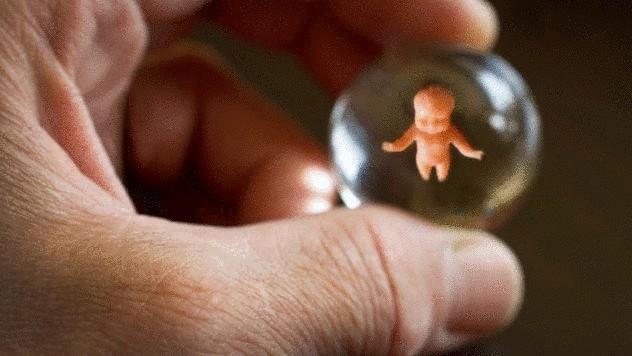
One of the most extraordinary ideas in the history of preformism, once the leading theory about the creation of the baby. As the name implies, the theory assumed that all creatures were created beforehand — that is, their form was ready to start their growth. Simply put, people believed that a miniature human body was in each sperm or egg cell in search of a place where you can grow. This tiny little man called homunculus.
One of the key supporters of preformism was Ian svammerdam, the inventor of the technique of staining cells, which we mentioned above. The idea was popular for hundreds of years, from the mid-17th century to late 18th.
Alternative to preformism was epigenesis, the idea that life occurs in a series of processes. The first person who put forward this theory on the background of the love of preformism, was Caspar Friedrich Wolff. In 1759 he wrote an article in which he described the development of the embryo from several cell layers to a person. His work was extremely controversial at the time, but the development of microscopes has put everything in its place. Embryonic preformism died not in infancy, but died, pardon the pun.
Materials listverse.com
Source: hi-news.ru
Chinese balls as a way to preserve the health from the comfort of your sofa
Ecocup – green building, with aviation emphasis






